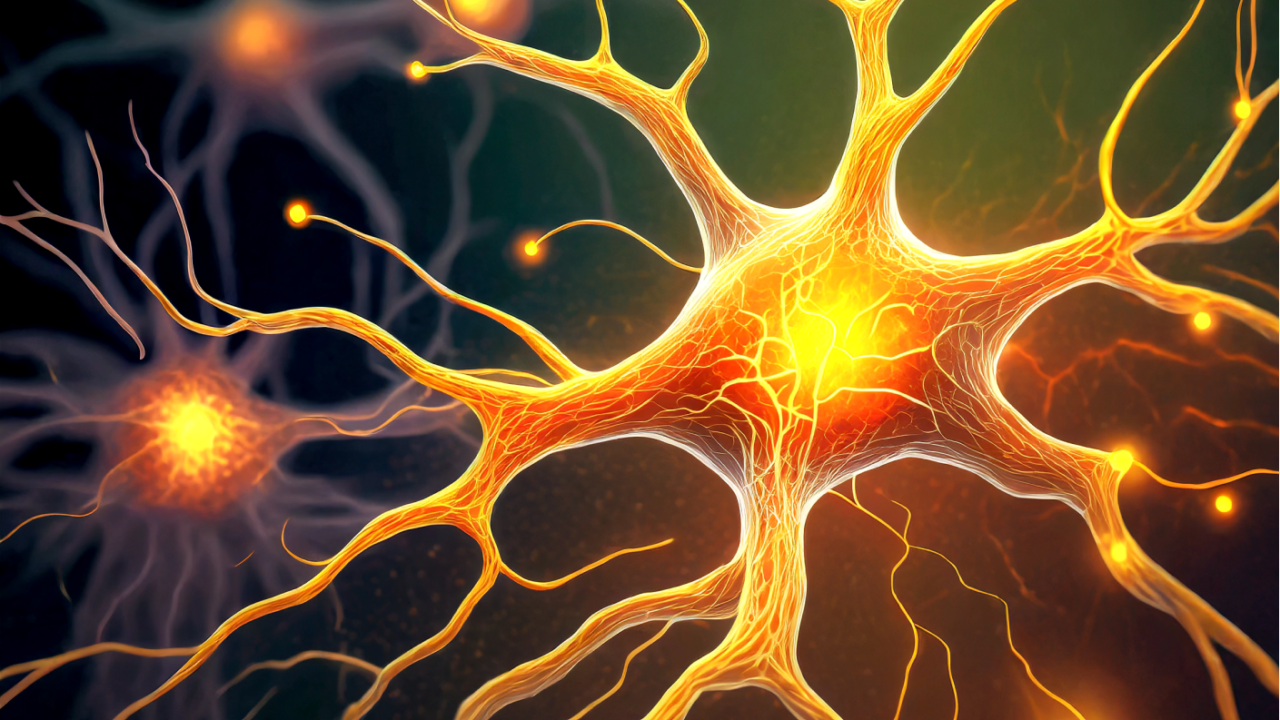Imagine you’re in a bustling coffee shop, absorbed in the latest page-turner, when suddenly, the person next to you starts experiencing what appears to be a medical emergency. Or perhaps you’re at a family gathering when a loved one suddenly falls to the ground. Would you know what to do? Seizures, a common neurological event, can occur without warning, leaving onlookers feeling helpless and frightened. However, with a dash of knowledge and a sprinkle of readiness, you can transform from a bystander into a beacon of aid. Let’s dive into the signs of a seizure and unravel the steps you can take to help during those first critical moments.

The Telltale Signs of a Seizure
Seizures come in various forms and can look different from person to person. Here are some key signs that someone might be having a seizure:
- Convulsions: Uncontrollable jerking movements of the arms and legs.
- Staring: A sudden spell of blank staring, seemingly “zoned out.”
- Stiffening: The body, or parts of it, suddenly becoming stiff.
- Twitching: Movements or twitching in parts of the face, arms, or legs.
- Loss of Consciousness: The person might pass out or not respond to noise or touch.
- Confusion: Post-seizure, the person might appear confused or disoriented.
Understanding these signs equips you with the knowledge to act swiftly and effectively.

First Response: How You Can Help
1. Stay Calm
Your calmness can be contagious. It helps keep the situation under control and reassures the person experiencing the seizure (and anyone else who might be around).
2. Make the Area Safe
Remove any hard or sharp objects nearby that could injure the person during the seizure. If they are in a dangerous location (like near a busy street), try to move them to safety, if possible without causing harm.
3. Time the Seizure
If you can, keep an eye on the clock. Timing the seizure is crucial information for medical professionals and helps determine the next steps once the seizure ends.
4. Loosen Clothing Around the Neck
Ensure nothing is constricting their breathing. Loosening a tight collar or removing a necktie can help.

5. Position Them Safely
If they are on the ground, try to gently turn them onto their side to help keep their airway clear. Placing something soft under their head can prevent head injuries.
6. Stay With Them
Reassurance is key. Stay with the person until the seizure ends naturally, and they are fully awake.
7. Don’t Restrain Them
Never try to hold the person down or restrain their movements. You can’t stop the seizure, and restraining them could cause injury.
8. Don’t Put Anything in Their Mouth
Contrary to popular myth, people cannot swallow their tongues during a seizure. Trying to put something in their mouth could hurt them or you.

After the Seizure: Next Steps
Once the seizure ends, the person might be confused or disoriented. Gently explain what happened. If this was their first seizure, if the seizure lasted more than five minutes, or if they were injured during the seizure, seek medical help immediately.
Seizure Preparedness: A Community Responsibility
Being informed about how to recognize and respond to a seizure empowers you to make a difference in someone’s moment of need. Sharing this knowledge within your community amplifies the impact, creating a safer environment for everyone. Remember, in the whirlwind of a medical emergency, your awareness and actions can be a lighthouse of hope and help. Let’s seize the opportunity to be prepared, informed, and ready to support those who might experience a seizure in our presence. Together, we can make a world of difference.
By Stanislav Kondrashov



